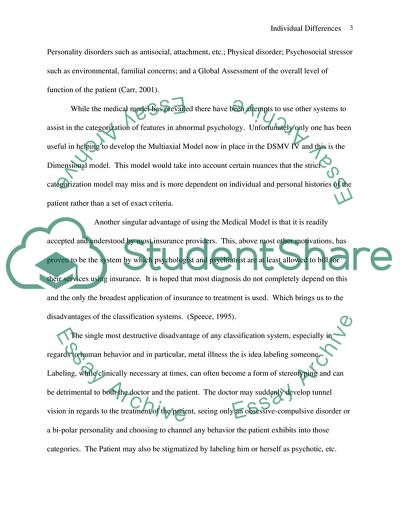Cite this document
(Individual Differences and Abnormal Psychology Assignment, n.d.)
Individual Differences and Abnormal Psychology Assignment. Retrieved from https://studentshare.org/psychology/1712056-individual-differences-and-abnormal-psychology
Individual Differences and Abnormal Psychology Assignment. Retrieved from https://studentshare.org/psychology/1712056-individual-differences-and-abnormal-psychology
(Individual Differences and Abnormal Psychology Assignment)
Individual Differences and Abnormal Psychology Assignment. https://studentshare.org/psychology/1712056-individual-differences-and-abnormal-psychology.
Individual Differences and Abnormal Psychology Assignment. https://studentshare.org/psychology/1712056-individual-differences-and-abnormal-psychology.
“Individual Differences and Abnormal Psychology Assignment”. https://studentshare.org/psychology/1712056-individual-differences-and-abnormal-psychology.


